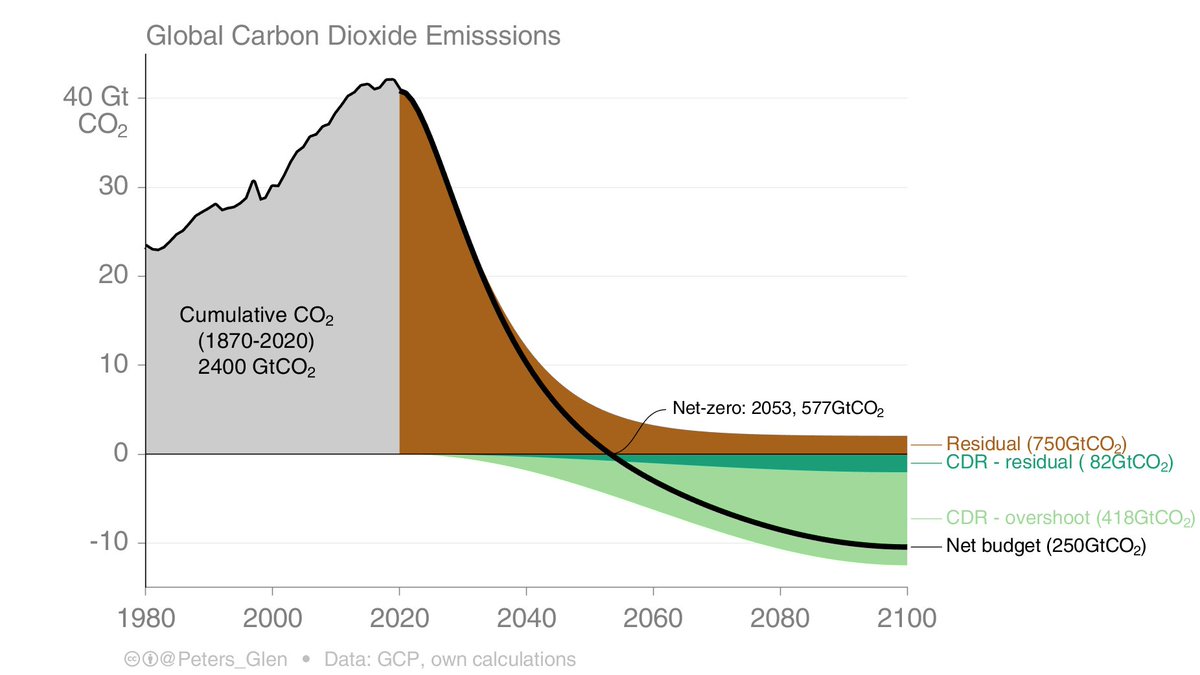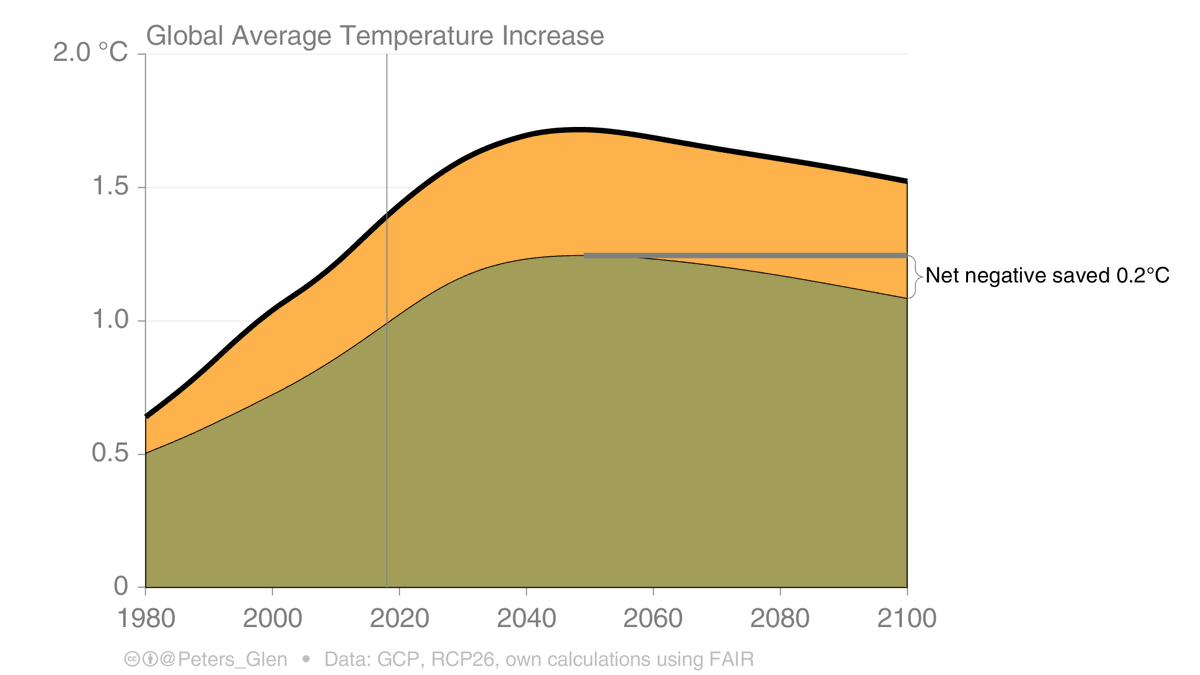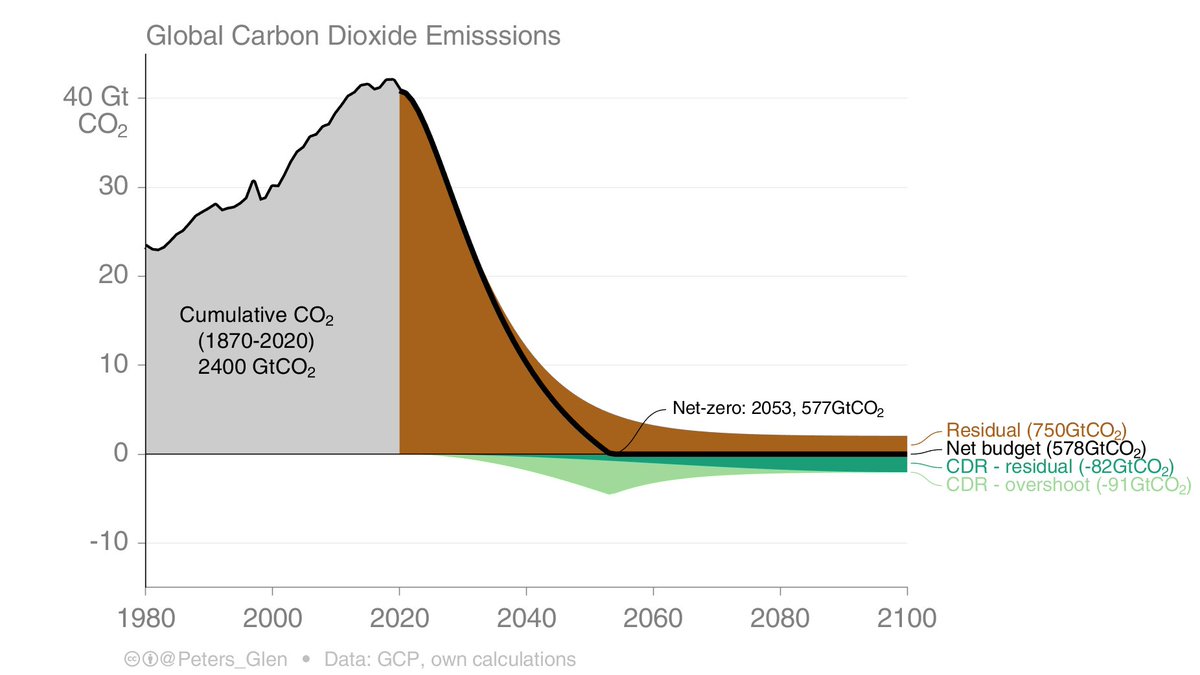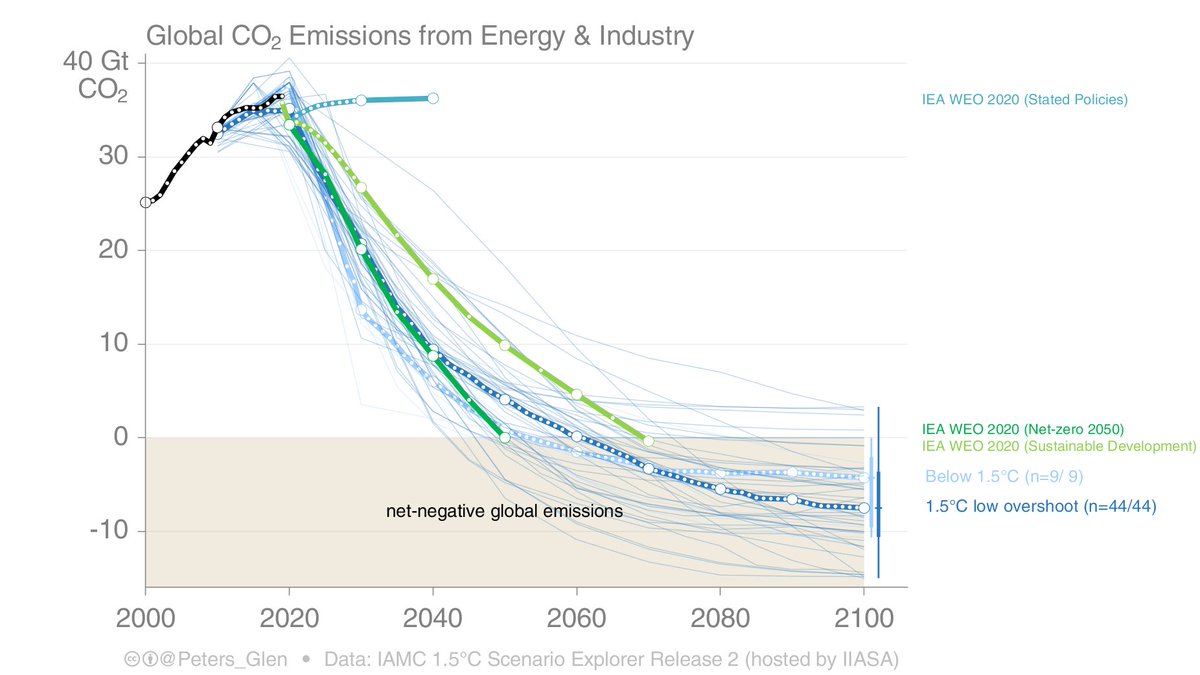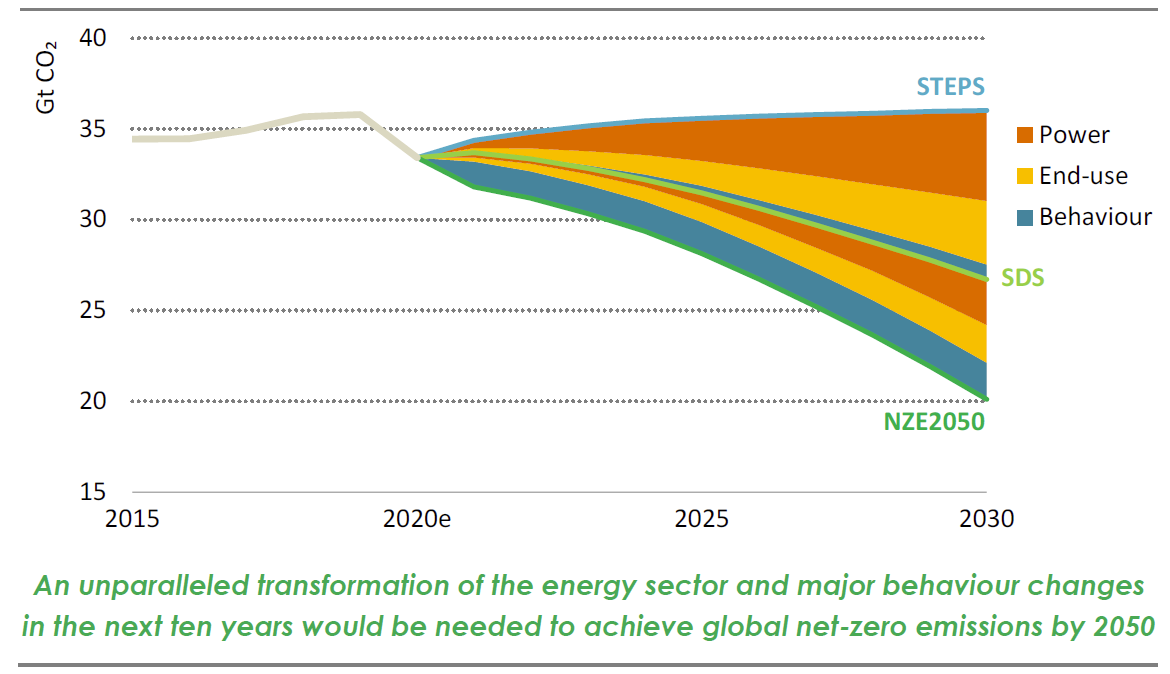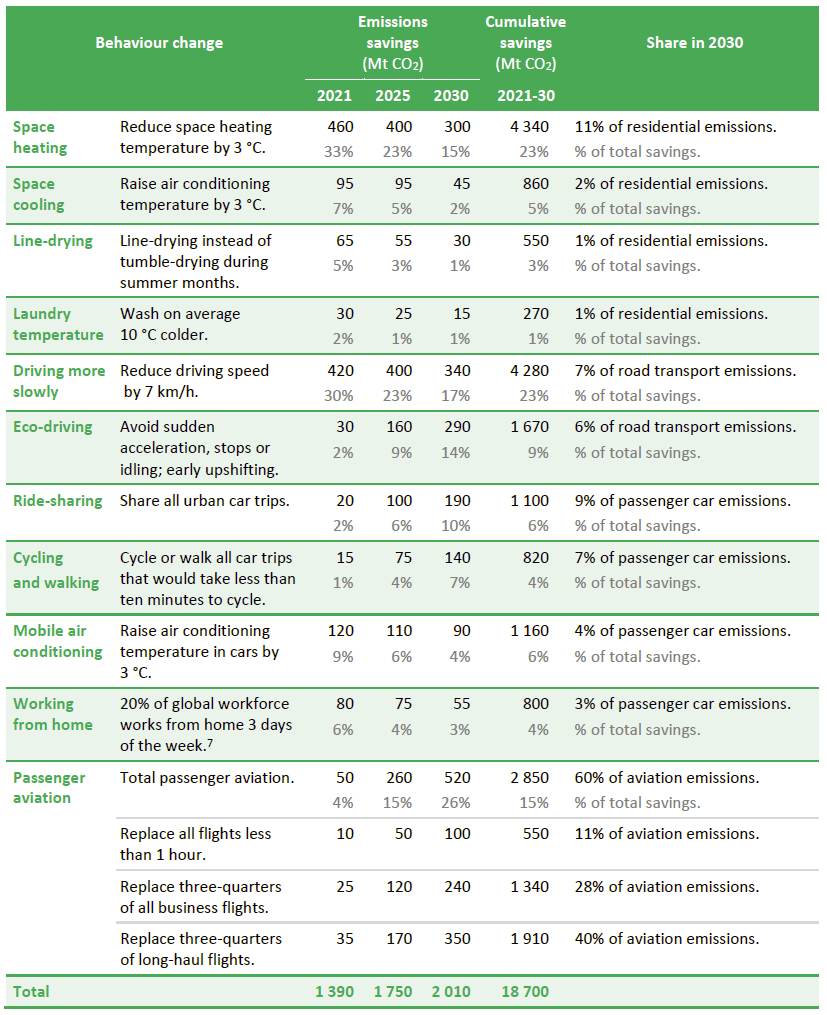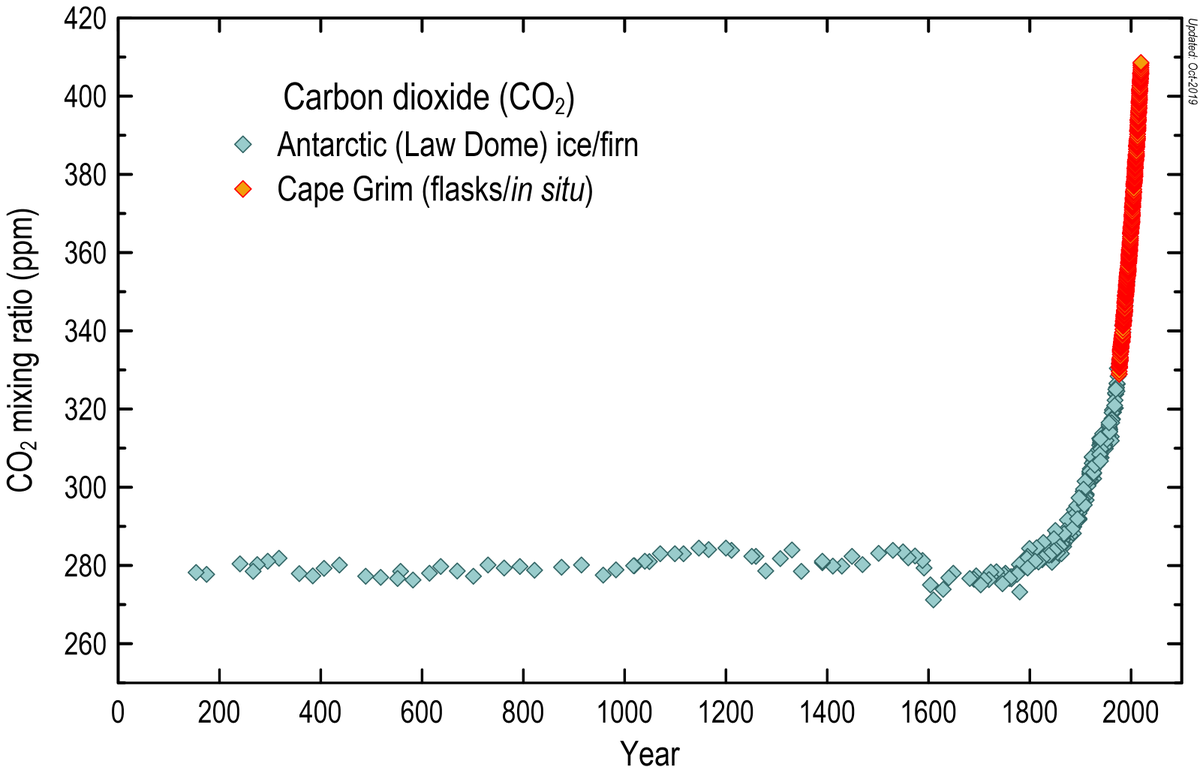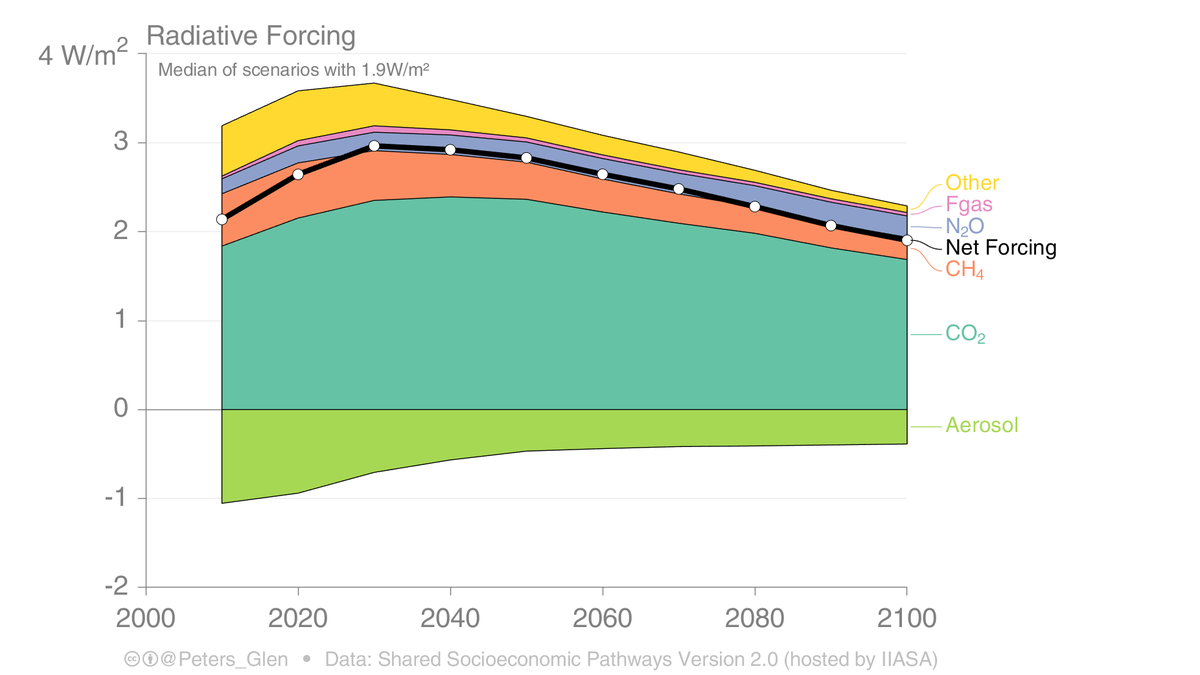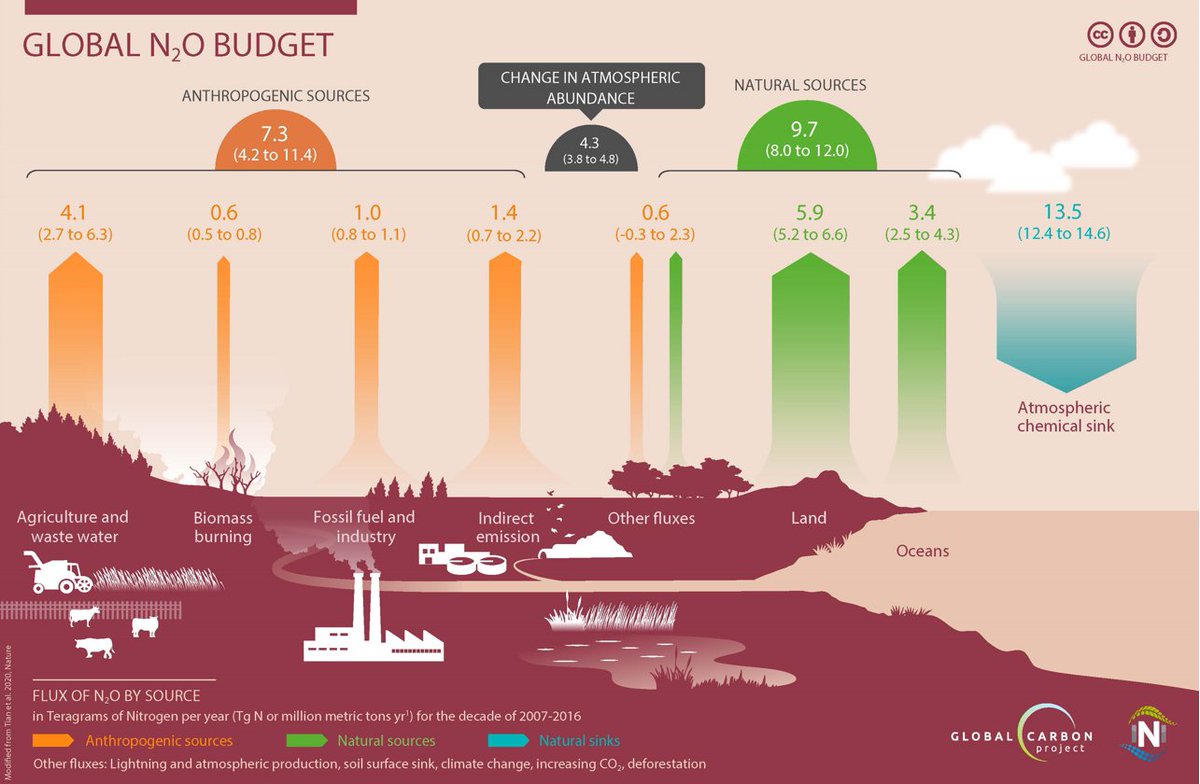
What was the big news you missed yesterday?
@Equinor is going to net-zero in 2050...
There are a range of measures. The system boundary is expanded to include Scope 3 (use of oil by third-parties), but then allow offsets for third-party CCS.
1/
equinor.com/en/how-and-why…
@Equinor is going to net-zero in 2050...
There are a range of measures. The system boundary is expanded to include Scope 3 (use of oil by third-parties), but then allow offsets for third-party CCS.
1/
equinor.com/en/how-and-why…
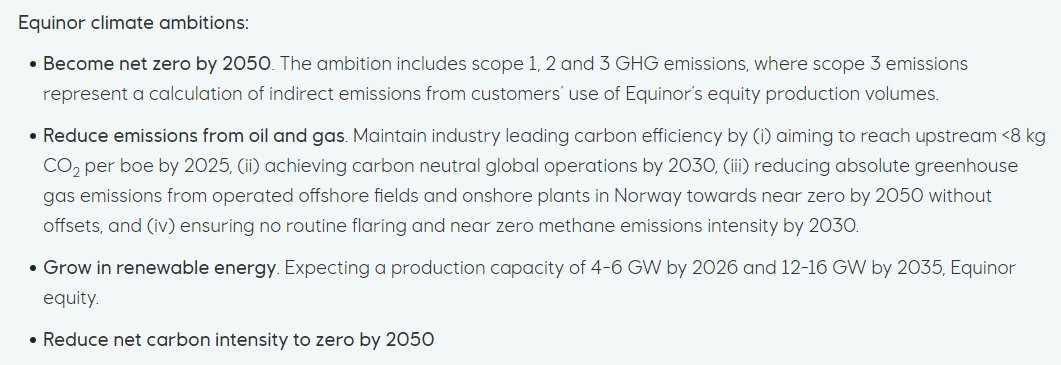
On the Scope 1 (&2) the ambition is to "achieving carbon neutral global operations by 2030", which allows the use of carbon markets, but to go "near zero" by 2050 in Norway (no offsets).
This is likely required by legislation anyway (eg EU may require net-zero GHG in 2050)?
2/
This is likely required by legislation anyway (eg EU may require net-zero GHG in 2050)?
2/
On Scope 1 (&2) in global operations by 2050, the ambition is not clear but presumably net-zero allowing offsets. This is perhaps ok, as some global operations may be in countries that have no or weak policy, so it would be more ambitious than the host country policy.
3/
3/
Scope 3 is more interesting. Scope 3 is Equinor's sale of oil & gas. Usually this is the responsibility of the consumer of the oil (it is their Scope 1).
There is no legal requirement for Equinor to reduce Scope 3, & doing so implies some double counting (which is ok).
4/
There is no legal requirement for Equinor to reduce Scope 3, & doing so implies some double counting (which is ok).
4/
If all Equinor oil & gas went to the EU (it doesn't, this is a hypothetical), then the oil & gas would be under scope 1 in the EU system.
Since Equinor is doing Scope 3, it is basically a greenlight to regulators in Europe it is ok to price oil & gas. So, regulators...
5/
Since Equinor is doing Scope 3, it is basically a greenlight to regulators in Europe it is ok to price oil & gas. So, regulators...
5/
The Scope 3 is net-zero based on "net carbon intensity", basically, emissions divided by product volume. But, since this is net-zero, & volume can't be infinite, it means the (net) emissions need to be zero...
6/
6/
If it was a 50% reduction in the net-carbon intensity, it could be that volume could increase (this was the "old" Equinor target from February 2020).
But, with a net-zero target (100% reduction), it means that net emissions have to go to zero.
7/
But, with a net-zero target (100% reduction), it means that net emissions have to go to zero.
7/
That does not mean Equinor will not produce oil & gas. Since they include Scope 3 (Scope 1 of oil users), they allow offsets.
These offsets include third-party CCS, where Equinor stores & manages CO₂ for others (northernlightsccs.com/en). This is one way to incentivise CCS.
8/
These offsets include third-party CCS, where Equinor stores & manages CO₂ for others (northernlightsccs.com/en). This is one way to incentivise CCS.
8/
This is a bit like the proposal of Myles Allen @ecioxford to require fossil fuel companies to store an equal amount of carbon that they extract.
Take some CO₂ out of the ground, well then put an equal amount of CO₂ back in the ground...
oxfordmartin.ox.ac.uk/blog/co2-captu…
9/
Take some CO₂ out of the ground, well then put an equal amount of CO₂ back in the ground...
oxfordmartin.ox.ac.uk/blog/co2-captu…
9/
Another avenue highlighted by Equinor is the extraction of gas & conversion to H₂ with CCS. This is not really an offset as CO₂ is not emitted (assuming 100% CCS).
Like CCS, Equinor needs to help create a H₂ market. A market will not spontaneously emerge, work required!
10/
Like CCS, Equinor needs to help create a H₂ market. A market will not spontaneously emerge, work required!
10/
Equinor is also shifting (some) capital to renewables, with a targeted production capacity of 4-6 GW by 2026 & 12-16 GW by 2035 (Equinor equity shares).
How aggressively Equinor goes into renewables (even electricity markets) will be interesting to see in the future.
11/
How aggressively Equinor goes into renewables (even electricity markets) will be interesting to see in the future.
11/
Lot's of elements in the new policy. It was only February that they raised climate ambition, & now again, 9 months later with an updated climate ambition.
Things are moving fast. Companies need to respond. Net-zero pledges from countries will force the same from companies.
12/
Things are moving fast. Companies need to respond. Net-zero pledges from countries will force the same from companies.
12/
Congratulation @andop68 on a big announcement on the first day leading @equinor. It sets a nice direction for your tenure! Now it is a case of implementing company policies that "bend the curve" & ensuring the targets are met & bettered!
Lykke til!
13/13
Lykke til!
13/13
• • •
Missing some Tweet in this thread? You can try to
force a refresh

